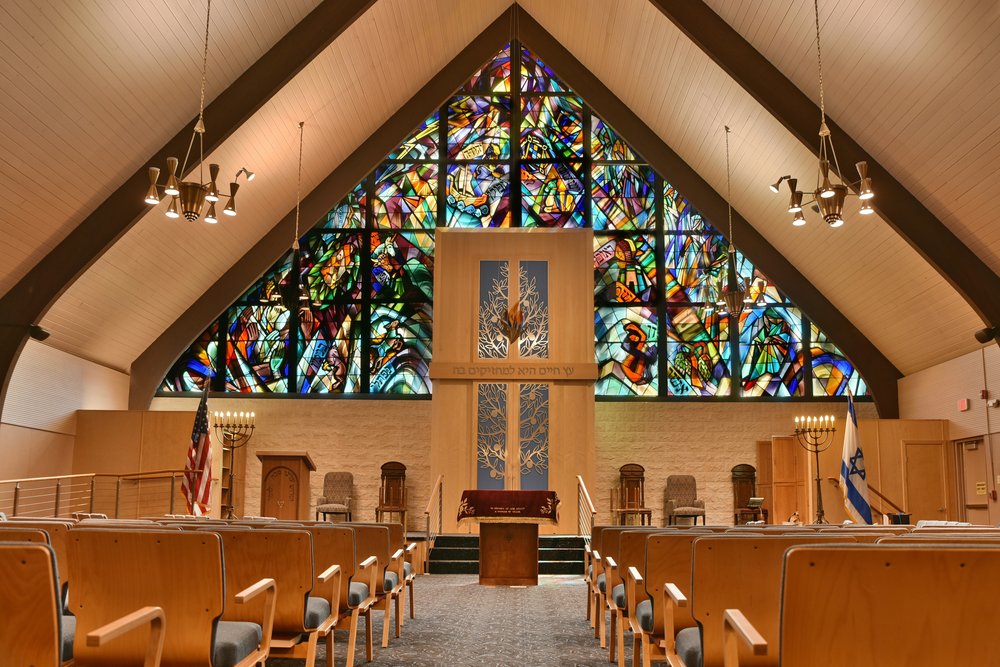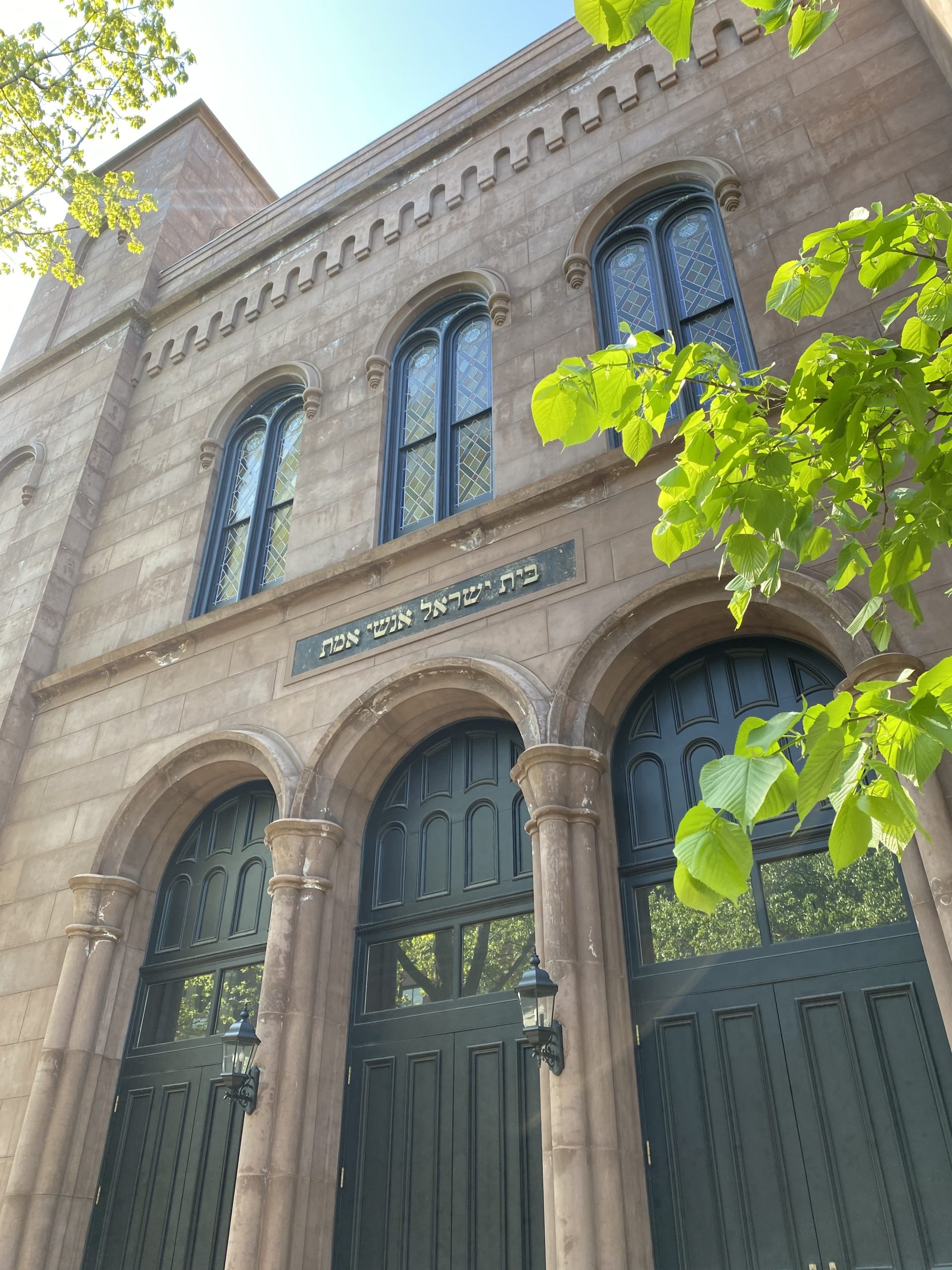
Across our communities, synagogues are taking meaningful steps toward inclusion: removing barriers, both literal and symbolic, that have long limited full participation. With more than a quarter of Americans and Canadians reporting a disability, which jumps to nearly half in older adults, creating accessible spaces is an increasing priority for many congregations. A recent survey of 53 congregations offers a revealing snapshot of where Jewish spaces are making progress in accessibility and where work still needs to be done.
Representing only a fraction of total USCJ-affiliated congregations, this data should not be considered representative of the entire movement, but provides a glimpse into congregations across the continent.
Creating Space for Every Body
Physical access remains at the heart of many improvements. Among respondents, ramped or stair-free access to the bimah or ark was the single most common accommodation, with 38 synagogues ensuring that those using wheelchairs, walkers, or mobility aids can fully participate in services. Nearly as many, 32 congregations, reported having exterior ramps for entry to the building.
Inside the sanctuary, accessibility continues to take shape.
- Designated wheelchair seating is available in 22 synagogues, while 27 have spacious seating areas to accommodate walkers or other mobility devices.
- Armless seating is present in 32 spaces.
- Adjustable bimahs, low-placed mezuzot, and elevators each appear in around a dozen to sixteen buildings, reflecting growing attention to details that make shared spaces usable by everyone.
And yet, accessibility extends beyond architecture – it’s about inclusion in prayer and learning. Large print books are the most common accommodation overall, found in 37 synagogues, followed by Hearing Loop systems in 22, ensuring that those with hearing aids can stay connected during worship. Braille materials (4), sign language interpreters (6), and sensory quiet rooms (14) show an awareness of diverse needs, though their limited prevalence suggests continued opportunity for growth.
Beyond the Sanctuary: Accessibility in Bathrooms
Accessibility must reach every corner of a building, including one of the most essential spaces: the bathroom.
Encouragingly, 43 congregations have large stalls with handrails, a key component of accessible design. Many have also adopted family or gender-neutral/unisex bathrooms—29 each—making them welcoming to caregivers, families, and people of all genders.
Smaller but important details, such as lightweight doors (12), low sinks for seated people (8), and scent-free soaps (12), show attention to sensory and physical accessibility. However, only two synagogues reported having an adult weight capacity changing table, and just one noted a high/comfort-placement toilet, pointing to ongoing needs for more comprehensive facilities.
Planning for the Next Step
When asked about future plans, the most common planned upgrade was the installation of a chair lift, either into the building or up to the bimah, further expanding participation in ritual and communal life.
Other planned accommodations include purchasing large-print and Braille books, installing Hearing Loop, designating a quiet “sensory room,” and replacing pews with movable seating for better wheelchair access.
Funding Inclusion: How Congregations Pay for Accessibility
Making spaces accessible often comes with significant financial costs, and synagogues are finding a variety of ways to meet them.
- 29 congregations rely primarily on donations for accessibility improvements.
- 27 build these costs directly into their operating budgets, signaling that inclusion is not an afterthought but part of the institution’s core mission.
- 11 have designated accessibility funds, while 12 have successfully pursued grants to support this work.
- One congregation even noted that accessibility investments prompted a dues increase, underscoring how deeply these priorities are felt.
Opening Doors, Together
The numbers tell a story of growing awareness and action. From ramps to sensory spaces, synagogues are reimagining what sacred access looks like—how every person, regardless of ability, can find belonging within the walls of their community.
By continuing to plan, fund, and build with intention, congregations are ensuring that when we say “all are welcome,” we truly mean it.









